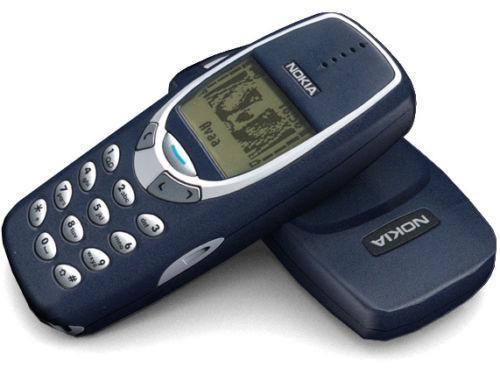

With the new Nokia 3310 now available in the UK, it seemed like the right time to take a look back at the phone that was so beloved by millions.
The Nokia 3310 was often touted as the most reliable phone ever made, and there is now much excitement over reports that HMD Global (which owns the rights to the Nokia brand), may relaunch the device at the forthcoming Mobile World Congress for just 59 euros.
But what makes a mobile phone, launched nearly seventeen years ago in September 2000, worth all the column inches? Silicon takes a look…
The Nokia 3310 was launched when the Finnish mobile maker Nokia was in its full pomp during the early 2000s.
At that time the smartphone was just a twinkle in the eye of Steve Jobs and others, and Nokia virtually dominated the global mobile market.
Of course there were pockets of resistance from the likes of RIM’s BlackBerry (popular among the business community), and indeed Motorola (mostly in the United States), but Nokia phones were the devices that the mass market used and (sometimes) craved.
To be clear, the Nokia 3310 was a mobile phone. It was not a smartphone. It had no Internet capabilities and no camera. What you did get from the 3310 was a phone, SMS texting, and a few basic games.
Indeed, the hugely popular ‘Snake II’ game was on the handset, as well generic utilities such as a calculator, Nokia network monitor, stop watch and a reminder function.
And the other major selling point of the phone was its battery life, which could last as long as a week on a single charge.
Take that Mr iPhone.
Another selling point was its durability. These phones were very very tough as it only boasted a 84 × 48 pixel pure monochrome display and a sturdy casing.
Nokia handsets often emerged unscathed when dropped or mistreated. For example, there are plenty of video’s of these phones being put through damage tests such as being dropped from a great height or being crushed by heavy objects.
Take that again, Mr iPhone.
The Nokia 3310 was also one of Nokia’s best selling devices, selling 126 million units worldwide. Indeed, examples can still be found for sale online. That is not bad considering that its predecessor, the Nokia 3210 (launched in 1999) sold 160 million units worldwide.
The Nokia 3310 was smaller than its predecessor however, and fitted very comfortably into the pocket or handbag.
Indeed, the small phone came with a slightly rounded rectangular shell that was typically held in the palm of a hand, with the buttons operated with the thumb.
Whether the Nokia 3310 will be relaunched at the 2017 Mobile World Congress, remains to be seen.
It should be noted that the 3310 has already enjoyed something of a revival, among people seeking cool retro tech, or among celebrities looking for a simple phone that cannot be hacked.
For many people though, the Nokia 3310 will remain a forever classic and beloved handset.
Quiz: Do you know all about Nokia?
Copyright lawsuit against OpenAI and Microsoft from The New York Times and other newspapers can…
New chapter for famous name from Internet's early days, Napster, has been acquired and will…
Solving not-spots? Ofcom proposal to make UK the first European country to allow ordinary smartphones…
Pioneering robotaxi service from Alphabet's Waymo to go live in Washington DC next year, as…
Dozens of Chinese firms added to US export blacklist, in order to hamper Beijing's AI…
Chinese rival BYD overtakes global revenues of Elon Musk's Tesla, as record number of Tesla…